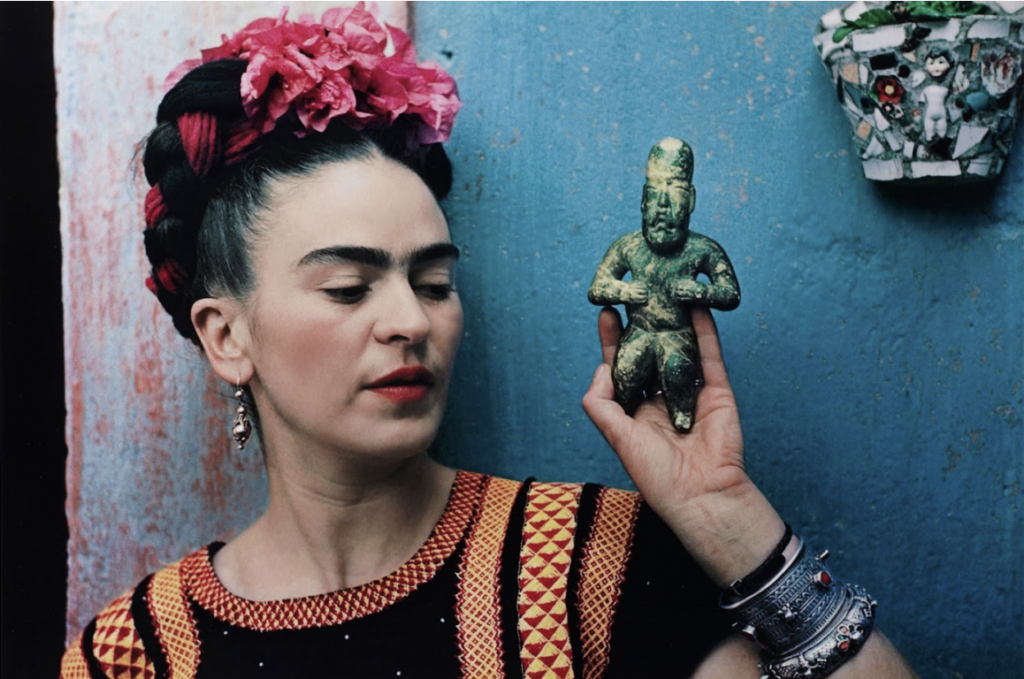
Pamela Cruz / Pensula 360 Press
San Francisco. It seems like a lifetime ago, but after six months of San Francisco's museums being closed due to Covid-19, the de Young Museum is finally opening its doors to the public.

Pamela Cruz / Pensula 360 Press
San Francisco. It seems like a lifetime ago, but after six months of San Francisco's museums being closed due to Covid-19, the de Young Museum is finally opening its doors to the public.